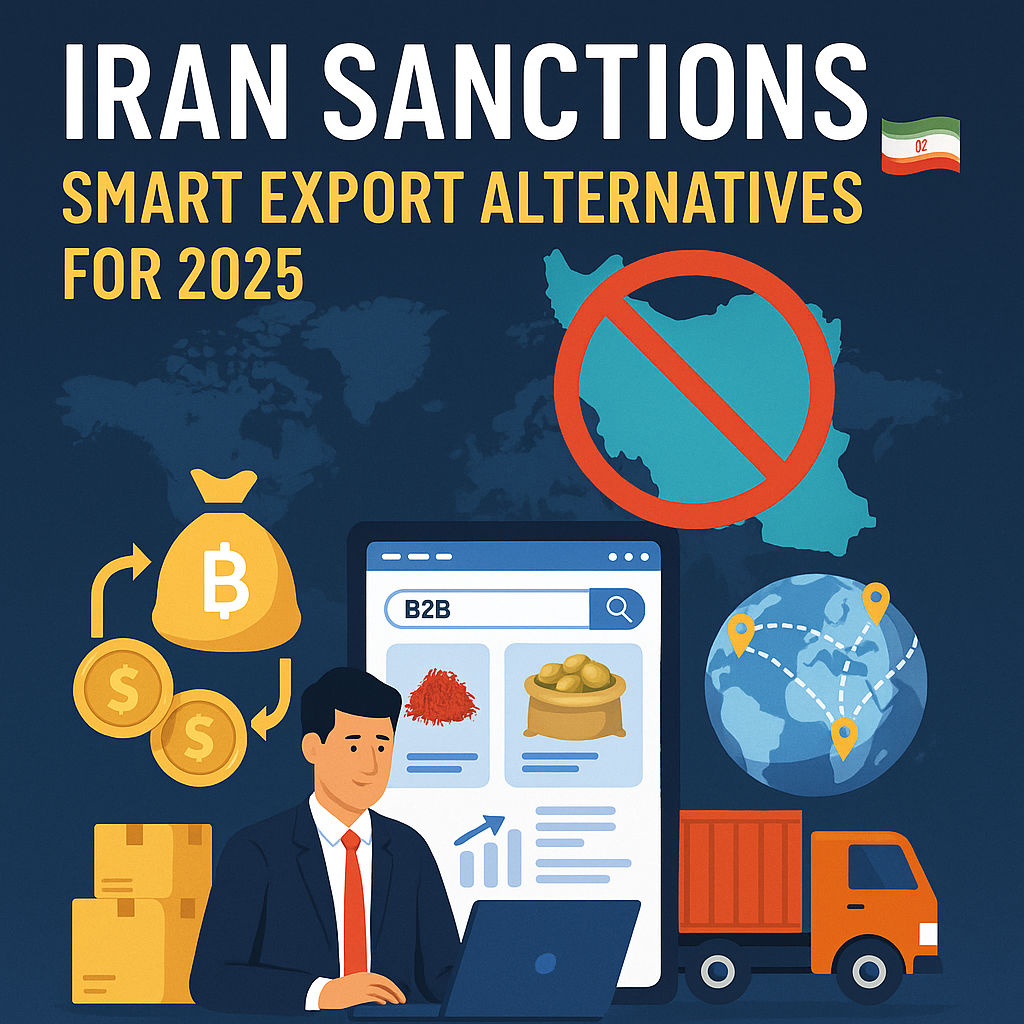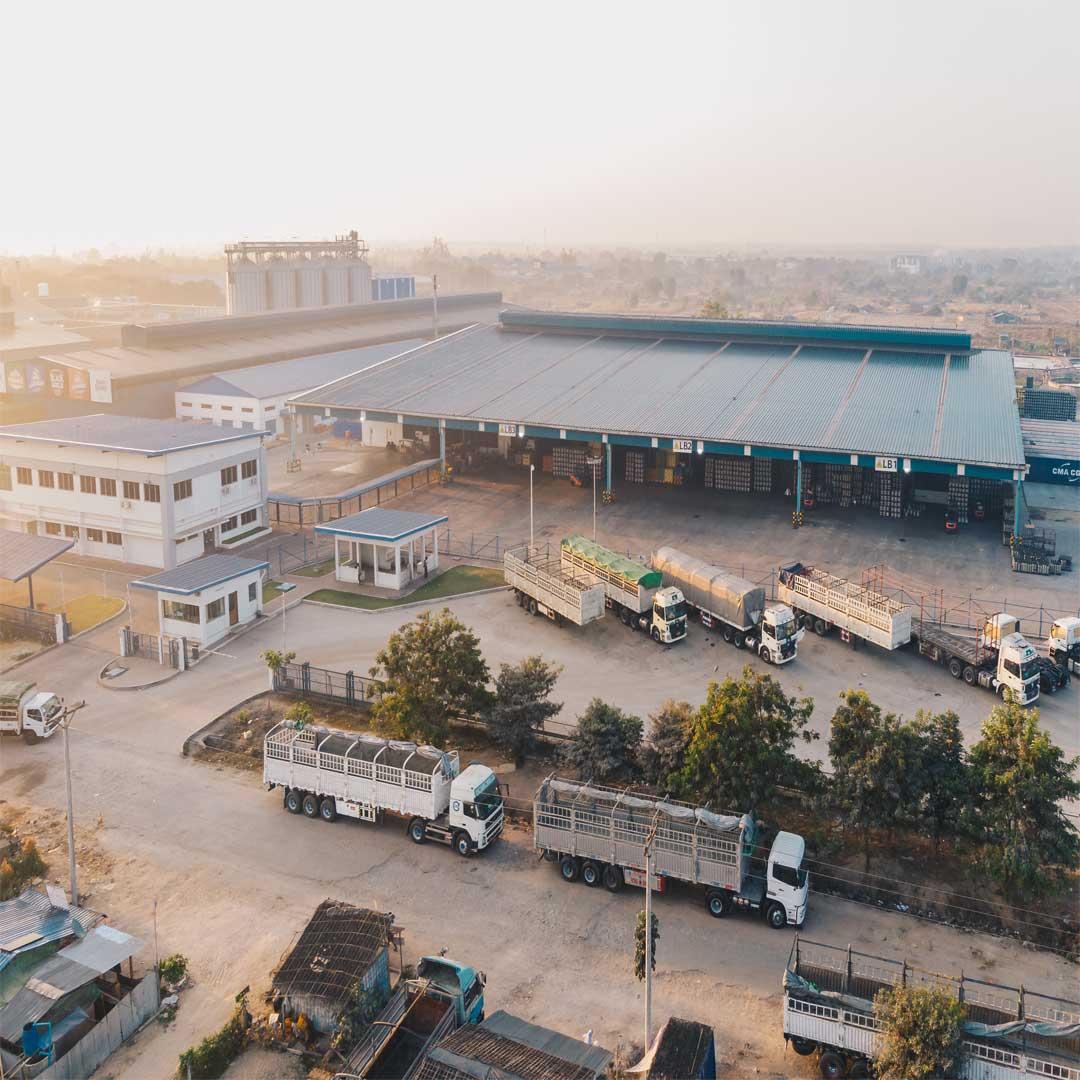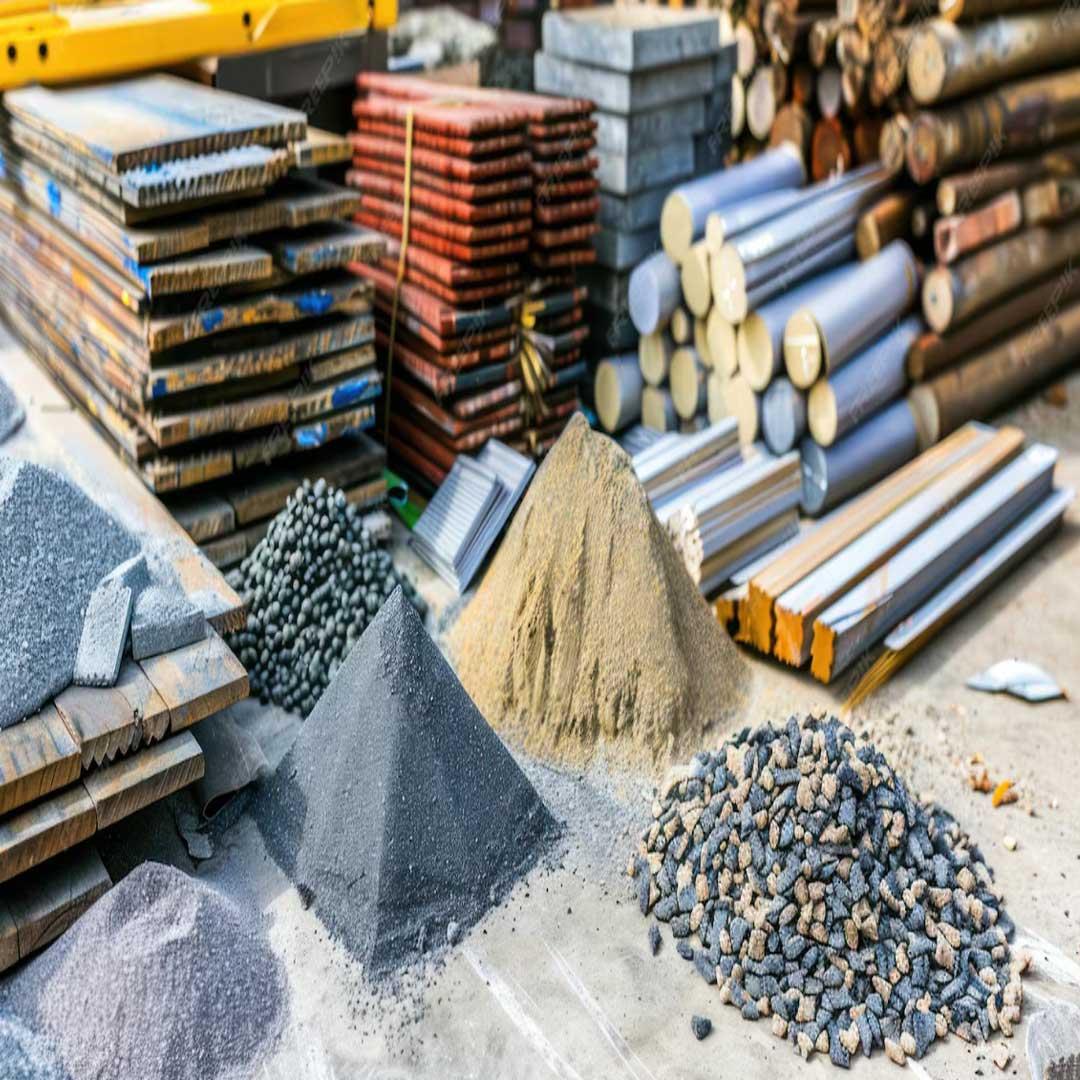Iran’s growing plastic and petrochemical industry, its global trade partners, and production trends. Learn how the Abris...
Geographical Position and Export Conditions to India
Geographical Overview of India
India is the seventh-largest country in the world by area and the second most populous country after China. Its unique geographical position and friendly relations with other nations provide significant opportunities for trade and economic growth. The country shares borders with China, Tibet, and Nepal in the north, the Indian Ocean in the south, and the Bay of Bengal and the Arabian Sea to the east and west, respectively. With its young and dynamic population and newly implemented trade regulations, India is set to become one of the world's top economic powers in the near future.
What Is Iran’s Share of Global Exports to India?
Iran and India maintain strong political relations, which has significantly increased Iran’s exports to the country. However, despite a decline in exports in recent years, the Indian market still holds great potential for Iranian products. With proper planning and strategy, Iran can expand its market share in India.
Key Iranian Export Products to India
1. Oil and Petroleum Products
Crude oil and petrochemical products such as bitumen, industrial oils, and paraffin are among the top Iranian exports to India. However, Iran faces competition in this sector from Saudi Arabia, the United States, and Iraq.
2. Dried Fruits and Legumes
India is one of the largest consumers of dried fruits and legumes in the world. Iran exports dates, pistachios, almonds, walnuts, raisins, barberries, chickpeas, lentils, and beans to India, all of which have a strong market presence.
3. Fruits and Agricultural Products
Some fruits and agricultural products are either not produced in India or are insufficient to meet domestic demand. Iran supplies apples, kiwis, oranges, grapes, cherries, apricots, pomegranates, vegetables, and other produce to the Indian market.
4. Dairy Products
Cheese, powdered milk, butter, and yogurt drinks are in high demand in India, making them valuable export commodities from Iran.
5. Wool, Leather, and Animal Skins
Iranian wool and leather are highly valued in India due to their high quality. Cow leather, sheep leather, and raw animal skins are among the key exports in this category.
6. Chemical and Petrochemical Products
Products such as chemical fertilizers, methanol, urea, caustic soda, polyethylene, and industrial resins are among Iran’s significant exports to India.
7. Building Materials
With India’s booming construction industry, the demand for cement, gypsum, tiles, ceramics, and construction stones like marble and granite from Iran has increased.
8. Food Products and Processed Foods
Iran exports various food products such as tomato paste, natural honey, saffron, spices, canned goods, and processed date products to India.
9. Cellulose and Hygiene Products
Paper, tissue paper, paraffin, candles, and hygiene products are among Iran’s exports to India. India is one of the world's largest consumers of candles, making Iranian paraffin highly demanded.
Saffron Exports to India
Saffron is one of Iran’s most important agricultural export products, with high demand worldwide. India is a key market for Iranian saffron, and the product is primarily supplied by Iran and Afghanistan.
Almond Exports to India
Almond production in Iran has seen significant growth in recent years. Popular varieties such as Mamra and stone almonds are in high demand in India due to their competitive pricing and superior quality.
Which Products Are the Most Profitable for Export to India?
- Bitumen
- Polyethylene compound
- Mazafati dates
- Apples
- Almond kernels
- Cement
- Engine oil
- Copper wire
- Saffron
- Figs
- Cherries
What Are the Export Regulations and Requirements for India?
To enter the Indian market, all imported goods must comply with India’s quality standards and obtain approval from the relevant ministries. The Bureau of Indian Standards (BIS) is responsible for verifying product quality. Additionally, food products must pass through India’s food import clearance system. All imported goods must also comply with regulations regarding weight, size, and labeling, which should be in English or Hindi.
Iranian Exports to India via the Abrisham Road B2B International Platform
The Role of the Silk Road System in Exports to India
- Wide Marketing and Promotion of Iranian Products
- Direct Connection with Indian Buyers
- Providing Accurate Market Insights
Variety of Iranian Products Exported to India via the Platform
Products exported through this platform include saffron, pistachios, almonds, dates, apples, kiwis, pomegranates, honey, tomato paste, canned foods, spices, paraffin, methanol, chemical fertilizers, urea, cement, tiles, ceramics, and industrial parts.
Secure Payments and International Logistics
The Abrisham Road platform collaborates with logistics companies and offers international payment solutions to simplify the export process and reduce trade risks for Iranian exporters.
Conclusion
The Abrisham Road B2B International Platform provides a professional infrastructure for marketing, sales, trade communication, and logistics, making it one of the most important tools for Iranian exports to India. This platform helps reduce export costs, speed up trade negotiations, and facilitate the business process, creating a successful entry path for Iranian traders into the Indian market.




